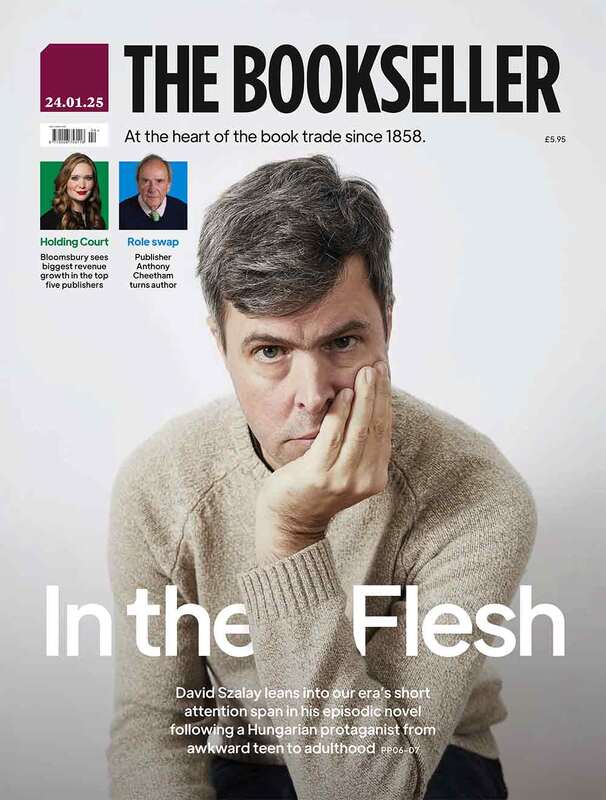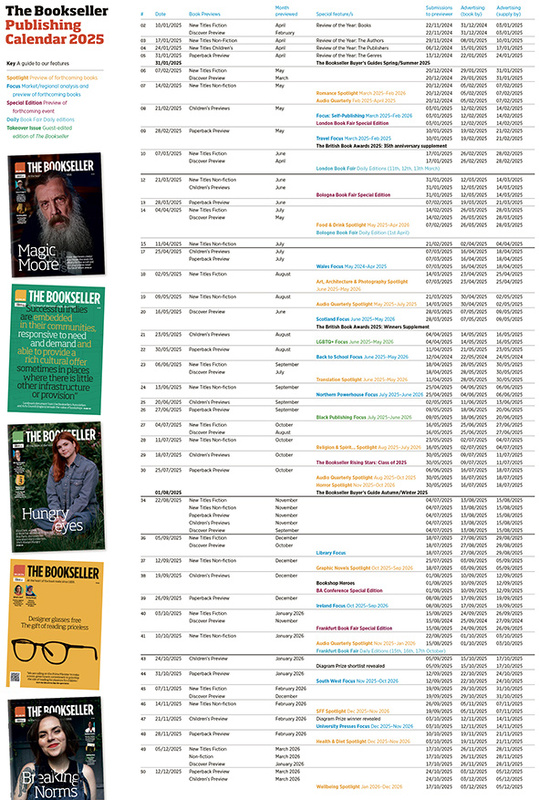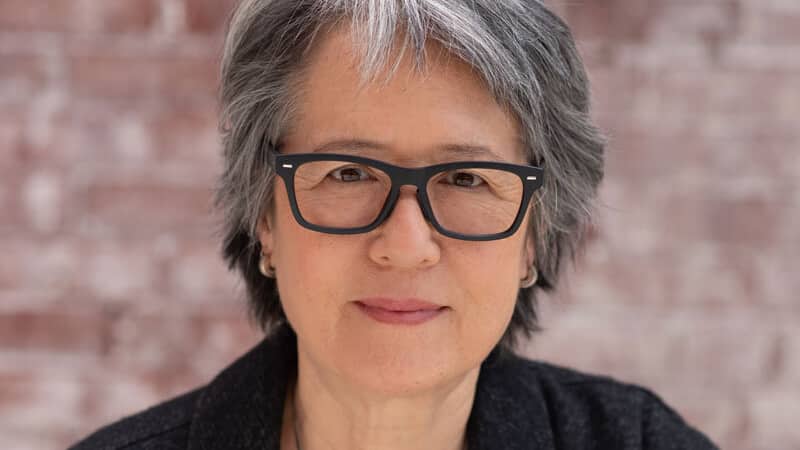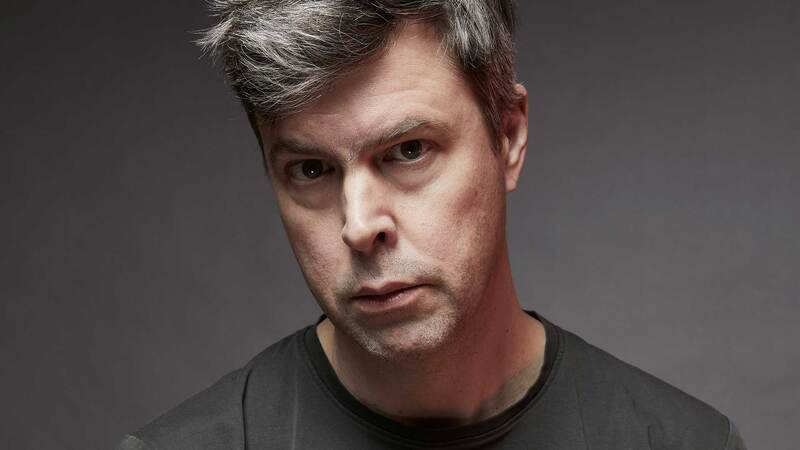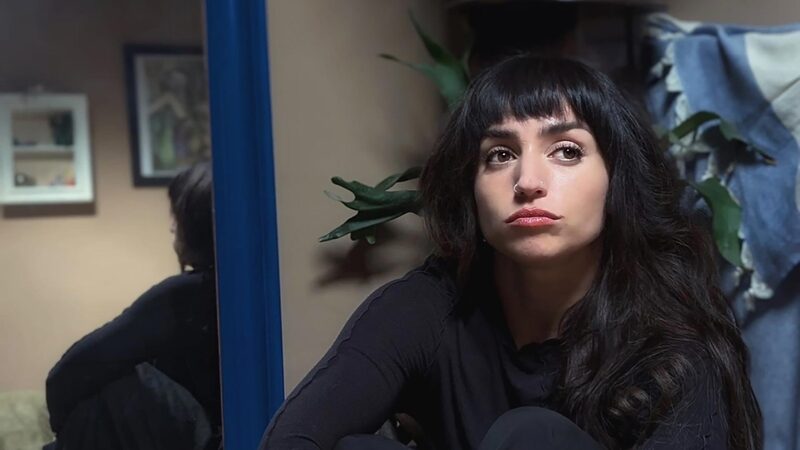You are viewing your 1 free article this month. Login to read more articles.
Ruth Ozeki | 'As an artist I have relationships with fictional voices all the time'
Ruth Ozeki’s latest novel is an inventive coming-of-age tale about grief and loss, and mental health, and our obsession with acquiring stuff
"The notion of ’a book’ is just a convenient fiction which we books go along with because it serves the needs of the bean counters in publishing, not to mention the ego of the writers. But the reality is far more complex.” So explains “the Book”, one of the narrators of Ruth Ozeki’s fourth novel The Book of Form and Emptiness. It is her first novel since the glorious, Booker-shortlisted A Tale for the Time Being, which was “saturated with love, ideas and compassion” according to the Sunday Times.
The Book of Form and Emptiness is just as compassionate and filled with ideas: an original, inventive coming-of-age tale about grief and loss, and mental health, and our modern, all-consuming, obsession with acquiring stuff. It is also a story about the vital relationship between a boy and his very own Book
At the beginning of The Book of Form and Emptiness we meet 14-year-old Benny Oh who, after the sudden death of his beloved jazz musician father, begins to hear voices. First the voice of his dad, and later voices which he realises are emanating from the inanimate objects in his house: a Christmas ornament, a piece of mouldy cheese. His widowed mother Annabelle finds comfort in shopping and struggles with a hoarding problem. As the voices grow louder at home and at school, life becomes increasingly tricky for Benny.
Over a very crackly phone line from Northampton, Massachusetts, Ozeki explains that her novels take shape when various ideas begin to “constellate”, and then the “constellation reaches a certain critical mass”. Key to The Book of Form and Emptiness was the experience Ozeki had after her own father died. “At odd moments I would hear him calling my name, so I’d turn around really quickly to answer, and then I’d remember that he was dead. So there was this feeling of terrible grief and sadness, having to experience the loss all over again. But it was also a little bit shocking, of course, because where did that voice come from? It really felt like a voice that I was hearing outside my head; it didn’t feel like something I was imagining.”
In the novel, the reaction to Benny admitting that he hears voices is dramatic. His junior high school sends him straight to a psychiatrist, who puts him on medication. From the outside it looks very much as though Benny is having some sort of breakdown. “I’m very interested in the way that psychiatric diagnosis happens and the very narrow bandwidth that we consider to be normal,” says Ozeki. She has done a lot of reading around the subject, leading her to realise that “that normal is a social construct. I’m not a voice-hearer, but I have heard voices. As an artist I have relationships with fictional voices all the time, so I’m very grateful that our society has decided that novels are socially acceptable because if they weren’t, I would also be diagnosed!”
Dual narrative
The story is told through two voices, Benny’s voice and that of the aforementioned talking Book. “While the Book is speaking itself into being, of course it is speaking the characters into being too. Then those characters start to talk back. So, it kind of raises the question: is the Book tell- ing Benny’s story? Or is Benny creating the Book? Which came first, the Book or the boy?”
Also central to the novel is Ozeki’s interest in things (or objects, or matter), specifically the concept that “things have animating spirits”, she explains. This was popularised in the West by Marie Kondo’s bestselling book The Life-Changing Magic of Tidying, but for Ozeki, who has a Japanese mother and also trained as a Zen Buddhist priest, this was familiar territory: “In the Zen tradition, we treat objects with a certain kind of respect and veneration.” But she found “the whole Marie Kondo phenomenon” very interesting. “The idea of people thanking their old socks before they threw them away, I thought was very beautiful, and kind of funny too."
In Ozeki’s novel, a Marie Kondo-esque book called Tidy Magic appears, a book-within-a-book, to advise Kenny’s grieving mother Annabelle on tackling her hoarding and shopping addiction. “Annabelle has a problem that many of us do,” says Ozeki, “in that she loves things. She is very creative and can think of a hundred uses for everything. Everything else in her life has gotten terribly complicated so she just turns to [acquiring stuff] as a way of trying to cope with all of the other really difficult things and it gets out of hand.”
Benny finds sanctuary from the noises at the local public library, “where things know how to speak quietly—they speak in their library voices”, and where he meets some new people: a performance artist whom he recognises from the psychiatric hospital, a homeless Slovenian philosopher-poet in a wheelchair, a children’s librarian with special powers. Readers of A Tale for the Time Being may be interested to know that these characters originally appeared in a first draft of that book, but were later edited out and so, Ozeki says, made their way to this one—“migrant characters who got cut out of one book and refused to die”.
The healing effect of relationships
Ozeki, who grew up in New Haven, Connecticut, worked as an art director on low-budget horror films in New York, then switched to television production, making documentaries for Japanese TV. It was while working in TV that she wrote her first novel, My Year of Meats, published in 1998 to great acclaim. She now teaches creative writing at Smith College, where she was once a student. As a writer, she says, “one of the things that I’m interested in is the way that we relate to each other, and the importance of these relationships and the healing effect of these relationships. But not just with other humans, with non-human matter as well, so with objects and things and the planet, the world around us.”
At one point Benny’s Book says: “At the risk of sounding full of ourselves, we are both the One and the Many, an ever changing plurality, a bodiless flow. Shifting and changing shape, we encounter your human eye as black marks on a page, or your ear as bursts of sound. From there, we travel through your minds, and thus we merge and multiply.” I take this to mean that individuals never actually read the same book, what a book “says” to you depends on who you are.
Ozeki is delighted: “That’s exactly right! And that’s always been fascinating to me, that I write this book and I think I’ve written whatever it is, this thing, and it’s immutable and everyone will read the exact same thing. But of course that’s completely not the case, and the book that you read is utterly different than the book your neighbour reads... A book is a multiverse and depending on who it relates to, it’s going to become something completely different. And I love that. That’s why I feel that writing, although it is something I do here by myself in my office, it is also a collaboration with the reader. So I do my bit, but the collaborative part starts now when the book goes out into the world.”
Book extract
A book must start somewhere. One brave letter must volunteer to go first, laying itself on the line in an act of faith, from which a word takes heart and follows, drawing a sentence into its wake. From there, a paragraph amasses, and soon a page, and the book is on its way, finding a voice, calling itself into being.
A book must start somewhere, and this one starts here. Shhh . . . Listen! That’s my Book, and it’s talking to you. Can you hear it?
It’s okay if you can’t, though. It’s not your fault. Things speak all the time, but if your ears aren’t attuned, you have to learn to listen.
You can start by using your eyes because eyes are easy. Look at all the things around you. What do you see? A book, obviously, and obviously the book is speaking to you, so try something more challenging. The chair you’re sitting on. The pencil in your pocket. The sneaker on your foot. Still can’t hear?


